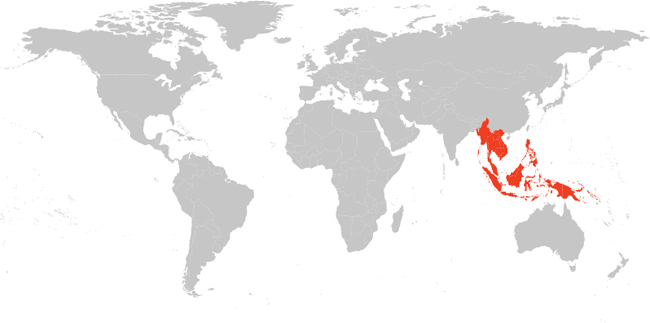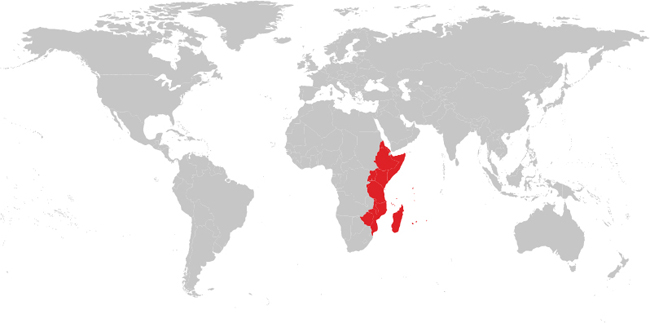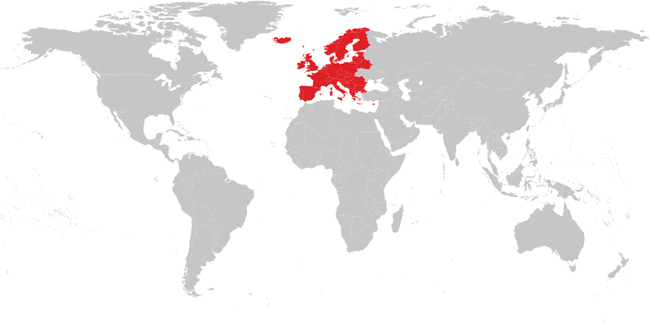Vector population biology & disease dynamics
We are investigating vector population dynamics at a range of scales to improve prediction of disease dynamics and their response to environmental change and control measures. Examples of this work in different world regions include:
South-East Asia
Our members are participating in a large-scale interdisciplinary research consortium aiming to identify the social and environmental determinants of the recent upsurge of the monkey-malaria parasite Plasmodium knowlesi in human populations in South East Asia.
Group members are involved in several field-based entomological studies of potential vector species and their response to environmental change in Malaysian Borneo, and with the integration of field-based data on vector-habitat associations to develop risk maps for infection.
East Africa
In East Africa we are investigating long term changes in mosquito vector behaviour in response to the increased coverage of Insecticide Treated Nets, to assess the capacity of vectors to evolve behavioural resistance mechanisms.
We are also using population genetics to evaluate the impact that past control programs have had on populations of the savannah tsetse fly Glossina pallidipes and investigating trypanosome infection dynamics at the wildlife-livestock interface in northern Tanzania.
Further studies in Tanzania focus on the epidemiology of vector-borne zoonoses, including Rift Valley Fever virus in vector and host populations in biodiverse ecosystems, and the epidemiology of vector-borne zoonoses as a cause of human febrile illness in East Africa.
Recent studies have also investigated the zoonotic transmission of schistosomiasis between humans and non-human primates in the Gombe ecosystem in western Tanzania.
Europe
In addition to our work in the tropics, we are using a variety of approaches to understand the ecological drivers of the distribution and abundance of disease vectors of importance to Europe, and Scotland in particular. This includes studies of the bacteria which causes Lyme Disease, Borrelia burgdorferi sensu lato in the tick vector Ixodes ricinus, and recently intiatied studies on the ecology of Culicoides (Scottish biting midge) species in Scotland. The overall aim of these studies in to assess seasonal and longitudinal changes in vector populations in response to environmental change, and identify associated exposure risks to the health of humans, livestock and wildlife.




